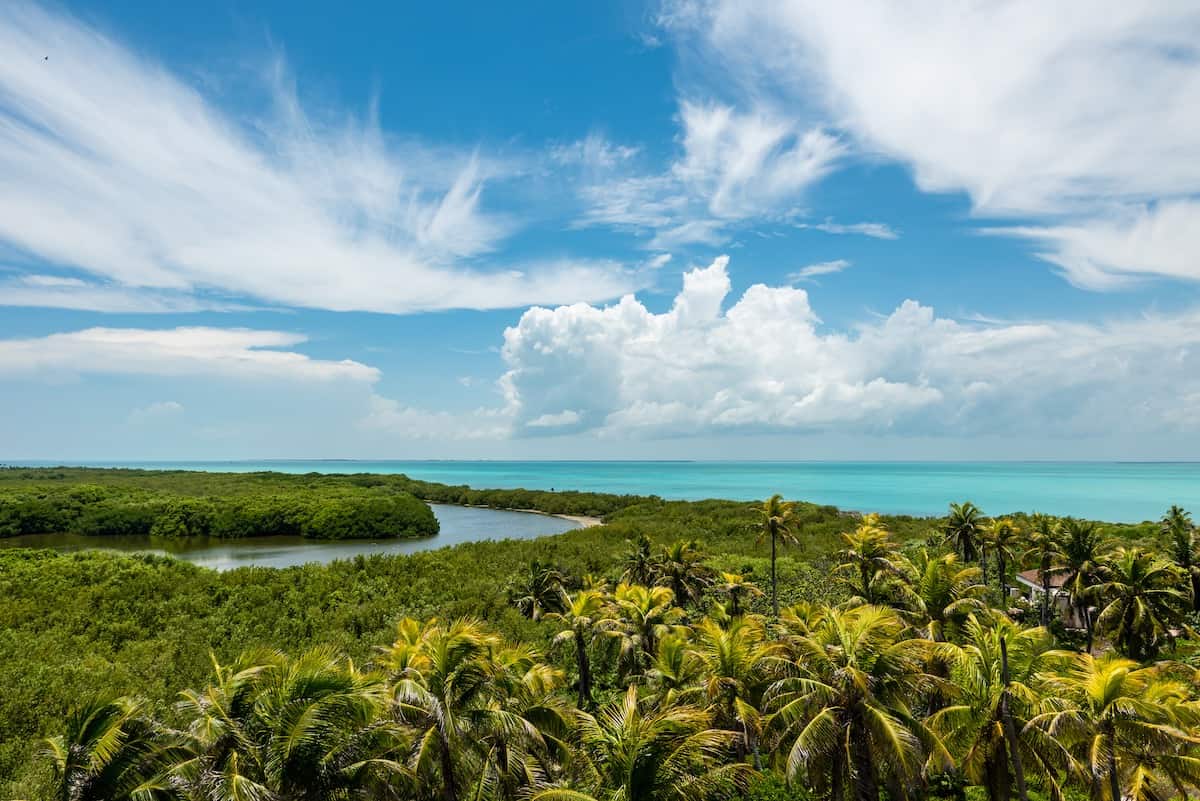Travelers face many risks, especially when visiting a new destination in a foreign country.
When it comes to Mexico, most travelers wonder if they should have concerns regarding security, but there is a silent threat that not many travelers consider — dengue fever.
As reported by The Cancun Sun, dengue fever cases have been on an upward trend in the Quintana Roo region, home to popular beach destinations like Cancun, Playa del Carmen, Tulum, and Cozumel.
This viral disease transmitted by mosquitoes has been spreading significantly in the area, and visitors should take some precautions and learn more about it.
Many travelers are flocking to Cancun and other destinations in Mexico currently affected by infected mosquitoes.
Here’s what tourists should know and the main recommendations to avoid this virus:

What Is Dengue Fever? What Are The Symptoms?
High fever, unbearable headaches, rashes, eye pain, physical discomfort, and nausea are some of the common symptoms of dengue fever disease.
Mosquitos are responsible for transmitting and spreading this virus and other mosquito-borne diseases like Zika virus, and Chikungunya fever are also common in the Caribbean and Latin America.

The World Health Organization (WHO) states that half of the population is now at risk as 100 to 400 million infections happen each year and it is now an endemic disease in over 100 countries.
Recently, countries like Bolivia, Brazil, and Mexico have experienced a notable uptick in dengue fever cases.
According to the information shared by the Centers for Disease Control and Prevention (CDC), one out of four people infected with the dengue virus get sick and symptoms can be mild or severe. It can be life-threatening within hours and special care at hospitals may be required.

Most people recover after a week and treatment usually only requires acetaminophen and lots of rest and water.
Dengue Fever Cases In Mexico
Mexico has seen a significant increase in this disease and the states most affected are Yucatán, Quintana Roo, and Colima.
Cases in the Quintana Roo region have increased compared to the previous year, and around 802 cases have already been reported in 2023, which is 400% more than in the Yucatan region where 266 were recently confirmed.

Authorities are already taking action and applying different strategies to limit the transmission of the disease.
As reported by the Mexican journal La Jornada Maya, the Tulum Health Directorate began a special fumigation operation this week and requested citizens to avoid collecting water in containers and eliminate stagnant water since mosquitoes easily breed in these environments.

Recommendations For Travelers
Travelers should not be discouraged from visiting beautiful beaches in the Mexican Caribbean or changing their vacation trip due to the current cases of dengue fever; just learn about it, stay informed, and remain alert.

The most important recommendation is simple: avoid mosquitos as much as you can. This also means applying multiple strategies to reduce the risk of getting dengue fever:
- Apply bug spray over exposed skin. The CDC recommends Environmental Protection Agency (EPA)-registered insect repellents with active ingredients like 2-undecanoate, Picaridin, DEET, or Oil of lemon eucalyptus (OLE).
Each insect repent has its own instructions — regarding how to apply it, how often, and other recommendations — and it’s important to read and follow them.
- Wear long pants and long-sleeved shirts, especially in places where you might encounter many mosquitos.
- Stay inside or take precautions during sunrise and sunset, when mosquitos are more active.
- Turn on the air conditioning instead of leaving the windows open to stay cool.
It’s also good advice to visit your doctor and ask for recommendations and advice prior to departure.

Certain hotels take precautions and implement measures to keep mosquitoes away from the properties.
Travelers should still be vigilant, especially on excursions, and those with dengue fever symptoms should get immediate medical attention.

